Satsuma - The Japanese Mandarin
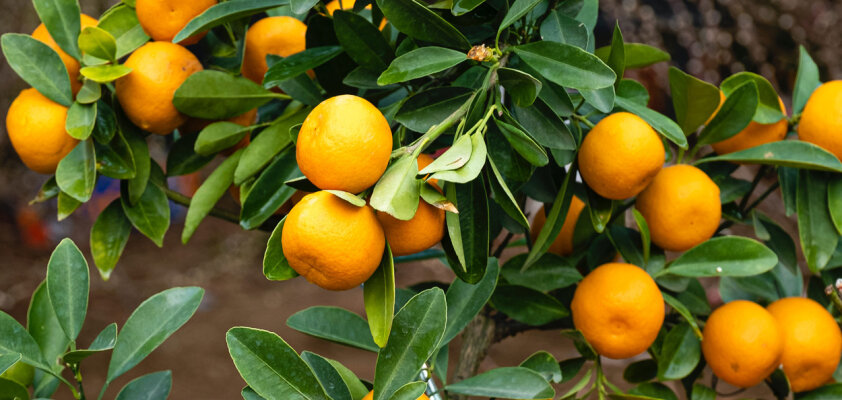
The Satsuma is a citrus fruit originating from the southern regions of Japan. It is also known as Unshū Mikan there. Often, Satsuma is referred to as a mandarin or clementine, but this is incorrect as it is a completely distinct variety. Satsuma trees are much hardier and can withstand much lower temperatures compared to other citrus plants such as oranges, grapefruits, or bitter oranges. The fruit on these trees ripens relatively early and requires less sun than other varieties.
Where exactly does the Satsuma come from?
The exact origin of the Satsuma is challenging to determine with certainty. However, the earliest records of this fruit trace back to Japan, dating back to the 17th century. It shares its name with a province in the Kagoshima Prefecture, located in the southern part of the country. Genetic studies have indicated a relationship with Chinese mandarins (Citrus reticulata). It is possible that the initial plants of this citrus fruit were imported from China and later bred into the delicious Satsuma varieties known today. Originally, there was also uncertainty about whether the breeding of the Satsuma fruit was derived from the orange.
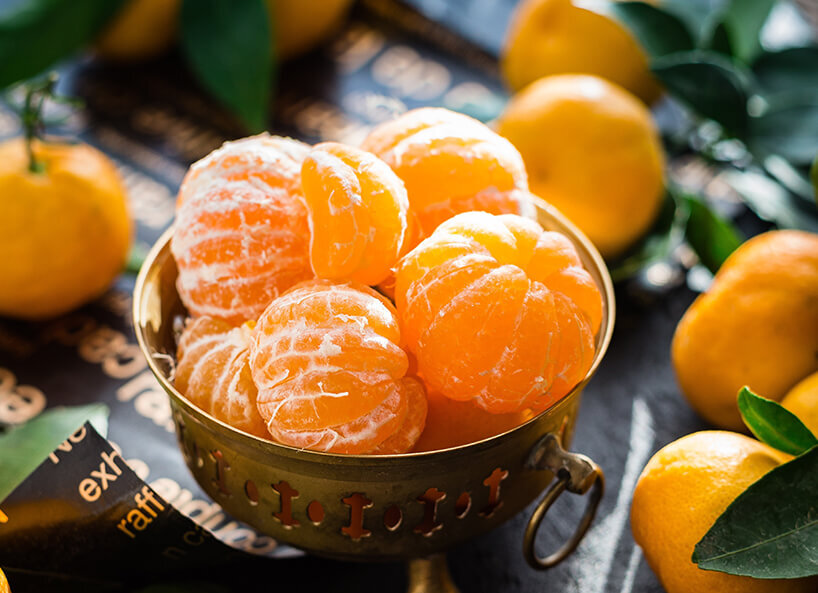
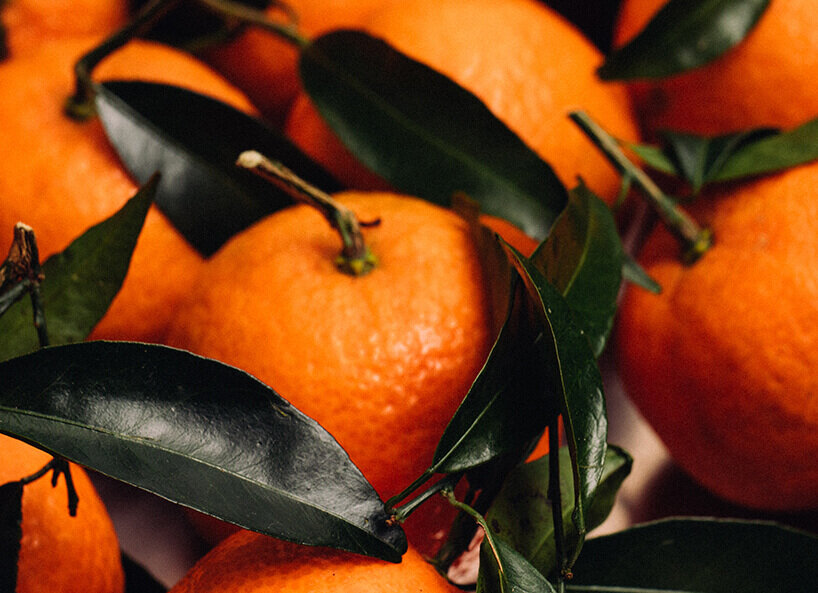
What does a satsuma taste like?
The fruit is sweet and mostly seedless. The peel is thin and easily separates from the flesh. The orange flesh is flavorful and wonderfully juicy. Since this taste is comparable to that of a tangerine or clementine, the fruit is often marketed as Satsuma mandarin. Externally, it is hard to distinguish from a tangerine. The key advantage is the seedless flesh. Occasionally, small, light green seeds may be present in the segments of Satsuma, but this is extremely rare.
Can the satsuma also be grown in our region?
While Satsuma is relatively resilient to low temperatures, it is unfortunately not frost-resistant. Those who wish to cultivate these plants in our latitudes must plant them in a pot like a lemon tree, tangerine, orange, or any other citrus fruit, and protect them from frost during the winter. This can be done with a greenhouse or a large winter garden. Not only are the delicious fruits of Satsuma or clementine a delight, but the delicate, white blossoms also have an irresistible fragrance and are a real visual treat.
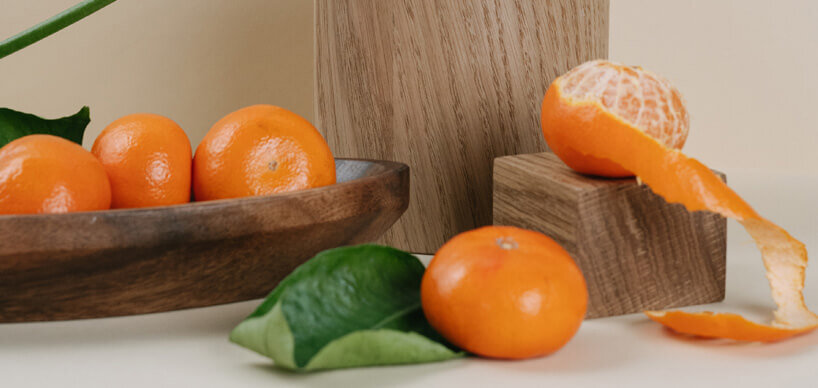
Do all Satsuma come from Japan?
No, that has not been the case for a while now. While the fruit is still primarily grown in Japan, it can also be found on plantations in Spain, China, the Mediterranean countries, along the shores of the Black Sea, in South Africa, and in South America. Occasionally, they are offered in stores as mandarins or clementines, which can sometimes cause some confusion. Both mandarins and Satsumas have a relatively thin skin and are easy to peel. Clementines have thicker skin, making them a bit better for storage without drying out.
For which recipe are satsuma best suited?
The best way to enjoy this delicious fruit is by eating it raw. It tastes sweet and juicy, making it an ideal vitamin-rich snack. The main season for selling fresh produce is between October and December. However, this Japanese citrus fruit can also be used in many desserts and other dishes. Here are a few recipes:
Fruit tart with yogurt and satsuma
 4 personsNo. of persons
4 personsNo. of persons
 ca. 15 minutes Preparation time
ca. 15 minutes Preparation time
 ca. 60 minutesTotal Time
ca. 60 minutesTotal Time
 middleLevel of difficulty
middleLevel of difficulty
 DessertDish
DessertDish
 approx. 350kcal per pieceCalories
approx. 350kcal per pieceCalories
 Vegetarian
Vegetarian
 Eggs
Eggs
 Kitchenware
Kitchenware
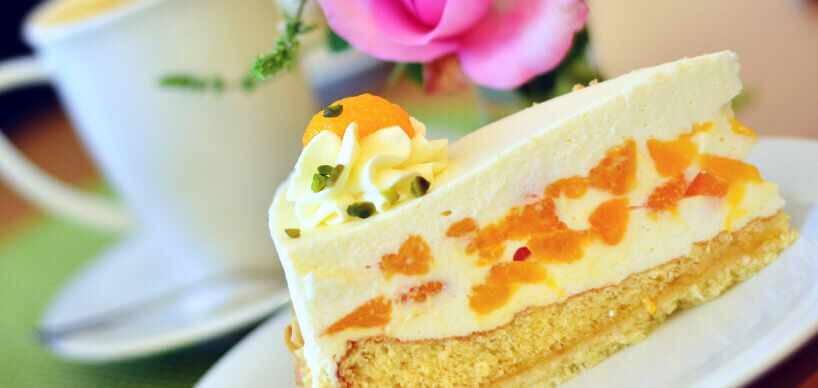
Delightfully cool and refreshing is a yogurt fruit tart that is super quick and easy to "bake." In this case, only the dry base is baked. For those with little time or who don't want to bake, you can also buy a ready-made sponge base and use it as the foundation for the tart.
Ingredients for the sponge base (for a round cake tin, approximately 28 cm in diameter):
|
2
eggs
|
|
100 g
sugar
|
|
100 g
flour
|
|
2 tbsp
hot water
|
|
1/2 tsp
baking powder
|

|
1 kg
natural yogurt
|
|
2 tbsp
sugar
|
|
1 kg
Satsuma
|
|
Gelier-Fix for 1 kg mass
|
Recipe for satsuma fruit salad
 2 personsNo. of persons
2 personsNo. of persons
 ca. 20 minutesTotal Time
ca. 20 minutesTotal Time
 easyLevel of difficulty
easyLevel of difficulty
 DessertDish
DessertDish
 200Calories
200Calories
 Vegan
Vegan
 Vegetarian
Vegetarian
 Gluten-free
Gluten-free
 Lactose-free
Lactose-free
 Kitchenware
Kitchenware
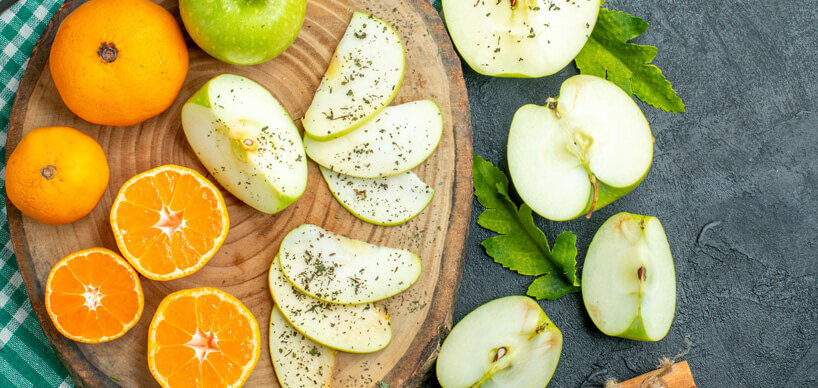
|
2 pieces
Satsumas
|
|
2 pieces
grapefruit
|
|
2 pieces
apples
|
|
1 piece
banana
|
|
other fruit varieties such as melon, pear, mango,...
|
|
toppings such as nuts, lemon juice, roasted sesame seeds, a pinch of sugar,...
|

Fine dressing with satsuma juice
|
2 tbsp
honey
|
|
120 ml
satsuma juice (2-3 fruits are enough for this)
|
|
2 tbsp
lemon juice
|
|
3 tbsp
oil
|
|
The grated peel of one or two satsuma
|


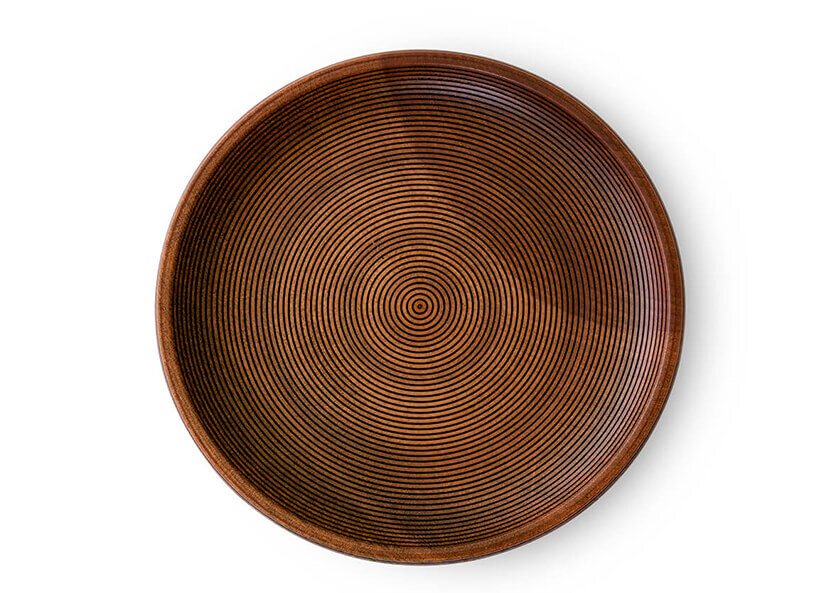
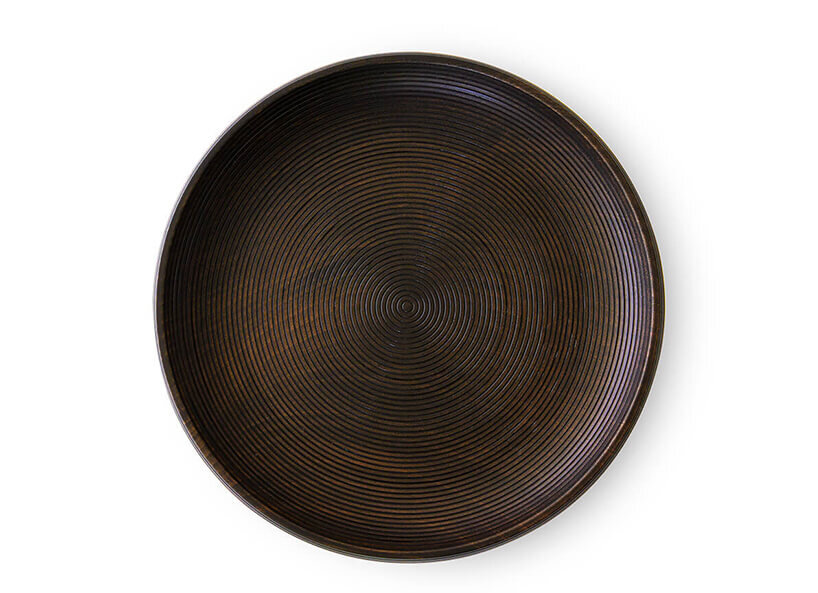










-from-the-yakiyaki-grill-pan.jpg)




